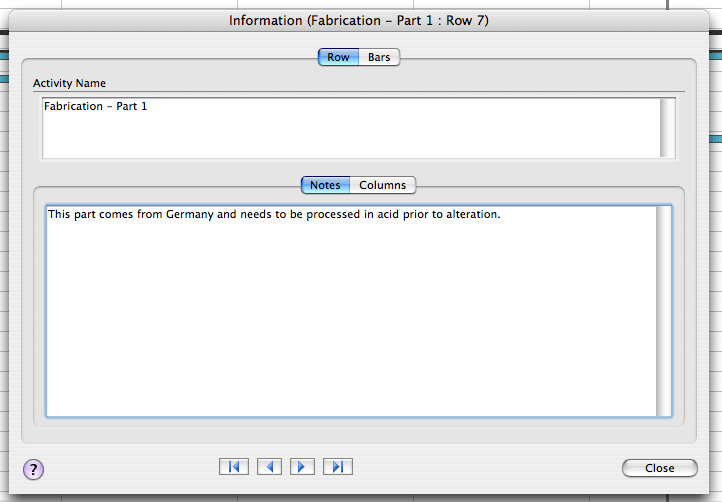

patients with chest pain or those who experienced after a head injury). admission or discharge to be discharged (i.e. Patients admitted in a Short Stay unit are those who need an observation period before a decision can be made concerning their final destination, i.e. Moreover, patients admitted to the Short Stay Unit were also left out, because in the administrative database the time spent in this unit is included in the ED LOS. The second goal was to assess its safety, considering the rate of early unplanned readmissions after discharge from the ED.įor patients admitted in 2010, those with a high priority level at admission (red and yellow in the Italian coding system), or who left the ED before discharge or died at arrival were excluded. The first goal of our study was to verify whether the FT process is effective to reduce the ED LOS of older adults.

To our knowledge, there is a lack of research focused on the ED management of older adults using the FT process. Among the possibilities, there is the implementation of the fast-track process. It is therefore a priority to develop safe strategies to reduce the ED LOS of older adults. Despite this evidence, older adults often have longer waiting times.

Indeed, the ED LOS is associated with a higher risk of delirium, which is often unrecognised, an increased rate of in-hospital admissions and in-hospital LOS, and an increased mortality rate, also after discharge. While ED LOS should be kept between four and eight hours for the general population, it has been demonstrated that after 6 hrs the risk of older adults developing adverse outcomes is significantly increased. The ED LOS should be as short as possible for older adults. The literature shows that the advantages of this approach are a shorter waiting time, a shorter ED length of stay (LOS), a decreased rate of patients leaving the ED without being seen and decreased ED overcrowding, without increasing unplanned readmissions or mortality as well as affecting waiting times and ED LOS for other ED patients. Patients suitable to be managed via the fast-track process are identified by the triage nurse using specific inclusion criteria based on presenting problems and the triage category. It consists of a separate pathway for patients with less serious conditions who can be treated and discharged more quickly. The fast-track appears to be an efficient and safe strategy to improve the management of older adults admitted to the ED with minor complaints.įast-track (FT) is a process developed to manage patients admitted to Emergency Departments (ED) with non-urgent complaints more effectively. There weren’t any increases in the number of unplanned readmissions within 48 h, 7 days and 30 days. The length of stay was significantly lower in the fast-track group than in the control group (median 178 min, interquartile range 184 min, and 115 min, interquartile range 69 min, respectively, p < 0.001), as well as the time spent between the ED physician’s visit and patient discharge (median 78 min, interquartile range 120 min, and median 3 min, interquartile range 6 min, respectively, p < 0.001). In total 96% of subjects were classified with a “less-urgent” tag. The mean age was 75 years, and there was a predominance of women. Resultsįive hundred four cases and 504 controls were analysed. Observational case-control single-centre study. The aim of our study was to verify whether the FT process is efficient and safe for older adults admitted to ED. The efficiency of the fast-track (FT) process in the management of patients in Emergency Departments is well demonstrated, but there is a lack of research focused on older adults.


 0 kommentar(er)
0 kommentar(er)
